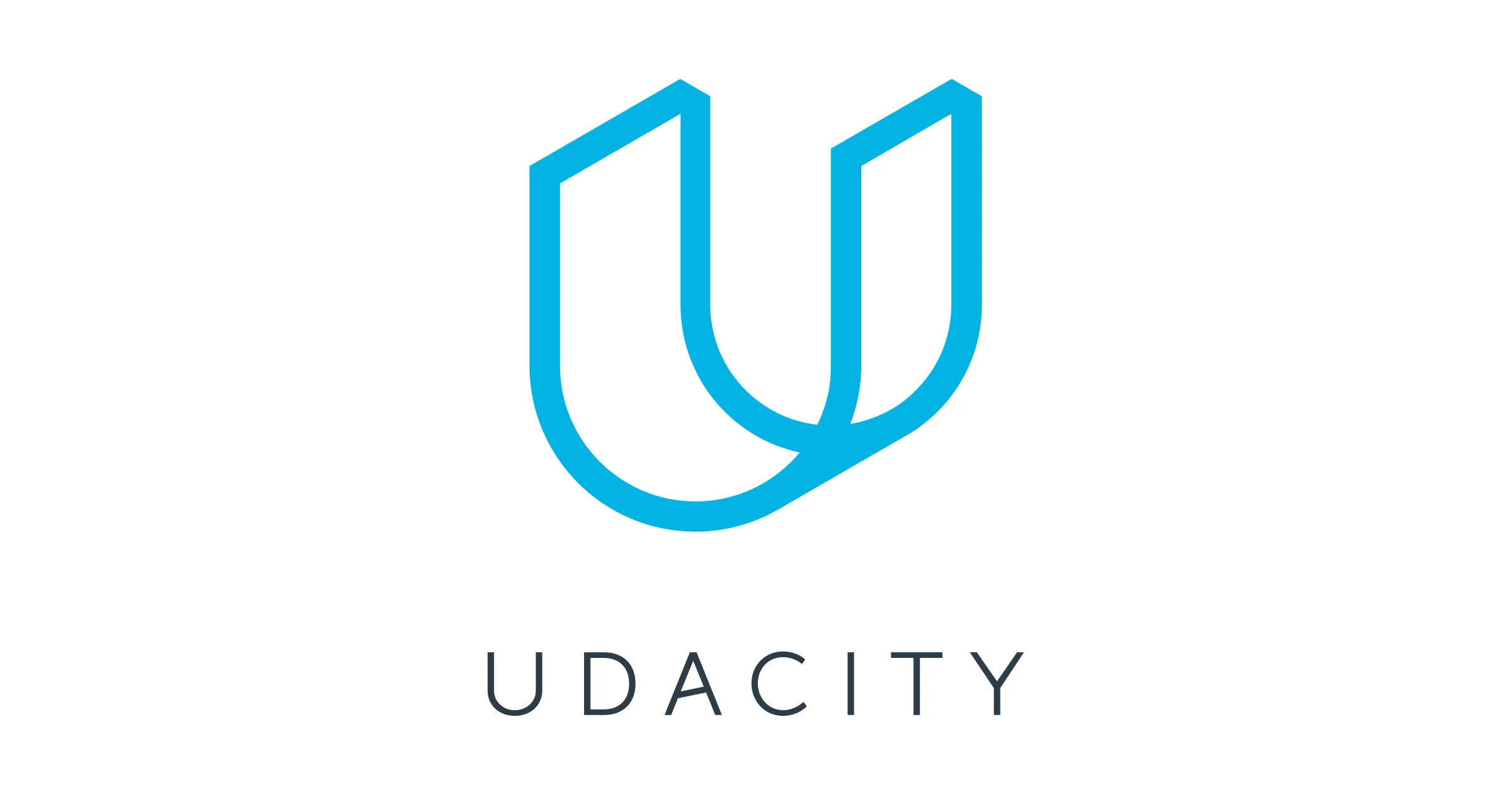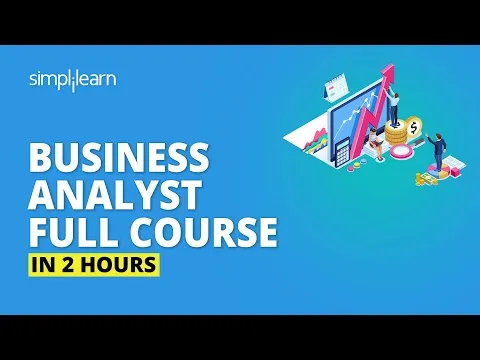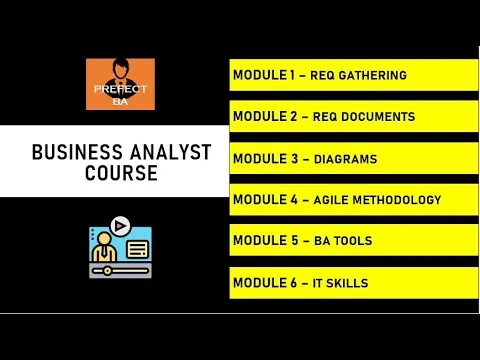
Classification Models 
This course will cover the basics of classification modeling, which is a type of predictive modeling that is used to classify data into different categories. It differs from modeling with numeric data in that it uses categorical variables to make predictions. We will learn how to use binary classification models to make predictions of binary outcomes, such as whether a customer will buy a product or not. We will also learn how to use non-binary classification models to make predictions of non-binary outcomes, such as the type of product a customer will buy. We will also discuss the different types of classification models and how to evaluate their performance. ▼
ADVERTISEMENT
Course Feature
![]() Cost:
Cost:
Free
![]() Provider:
Provider:
Udacity
![]() Certificate:
Certificate:
No Information
![]() Language:
Language:
English
![]() Start Date:
Start Date:
Self Paced
Course Overview
❗The content presented here is sourced directly from Udacity platform. For comprehensive course details, including enrollment information, simply click on the 'Go to class' link on our website.
Updated in [May 17th, 2023]
This course provides an overview of classification models and how they differ from modeling with numeric data. Participants will learn how to use binary classification models to make predictions of binary outcomes, as well as how to use non-binary classification models to make predictions of non-binary outcomes. By the end of the course, participants will have a better understanding of the different types of classification models and how to apply them in their own work.
[Applications]
After taking this course, students should be able to apply the concepts learned to their own data sets. They should be able to use binary classification models to make predictions of binary outcomes, and non-binary classification models to make predictions of non-binary outcomes. Additionally, they should be able to identify when classification modeling is appropriate and how it differs from modeling with numeric data.
[Career Paths]
1. Data Scientist: Data Scientists use classification models to analyze large datasets and uncover patterns and trends. They use these models to develop predictive models and make decisions based on the data. Data Scientists are in high demand and the field is expected to grow significantly in the coming years.
2. Machine Learning Engineer: Machine Learning Engineers use classification models to develop algorithms and software that can be used to automate tasks and make decisions. They are responsible for designing, building, and deploying machine learning models. The demand for Machine Learning Engineers is expected to grow significantly in the coming years.
3. Business Analyst: Business Analysts use classification models to analyze data and make decisions about how to best use the data to improve business operations. They use these models to identify trends and patterns in the data and make recommendations to management.
4. Data Analyst: Data Analysts use classification models to analyze data and make decisions about how to best use the data to improve business operations. They use these models to identify trends and patterns in the data and make recommendations to management. The demand for Data Analysts is expected to grow significantly in the coming years.
[Education Paths]
1. Bachelor of Science in Data Science: This degree path focuses on the fundamentals of data science, including data analysis, machine learning, and data visualization. It also covers topics such as data mining, predictive analytics, and artificial intelligence. The degree is becoming increasingly popular as businesses and organizations look to leverage data to make better decisions.
2. Master of Science in Artificial Intelligence: This degree path focuses on the development of artificial intelligence systems and their applications. It covers topics such as natural language processing, computer vision, robotics, and machine learning. This degree is becoming increasingly popular as businesses and organizations look to leverage AI to automate processes and gain insights from data.
3. Master of Science in Machine Learning: This degree path focuses on the development of machine learning algorithms and their applications. It covers topics such as supervised and unsupervised learning, deep learning, and reinforcement learning. This degree is becoming increasingly popular as businesses and organizations look to leverage machine learning to automate processes and gain insights from data.
4. Doctor of Philosophy in Data Science: This degree path focuses on the development of advanced data science techniques and their applications. It covers topics such as data mining, predictive analytics, and artificial intelligence. This degree is becoming increasingly popular as businesses and organizations look to leverage data to make better decisions.
Course Provider

Provider Udacity's Stats at AZClass
Discussion and Reviews
0.0 (Based on 0 reviews)
Explore Similar Online Courses

Introduction to Istio

The Complete Digital Marketing Guide - 23 Courses in 1

Python for Informatics: Exploring Information

Social Network Analysis

Introduction to Systematic Review and Meta-Analysis

The Analytics Edge

DCO042 - Python For Informatics

Causal Diagrams: Draw Your Assumptions Before Your Conclusions

Whole genome sequencing of bacterial genomes - tools and applications

Business Analyst Full Course In 2 Hours Business Analyst Training For Beginners Simplilearn

Business Analyst Training for Beginners Business Analysis Tutorial Invensis Learning

Business Analyst Course in 6 Hours Business Analyst Training For Beginners
 Related Categories
Related Categories
 Popular Providers
Popular Providers
Quiz
 Submitted Sucessfully
Submitted Sucessfully
1. What is the main difference between classification modeling and modeling with numeric data?
2. What type of model is used to make predictions of binary outcomes?
3. What type of model is used to make predictions of non-binary outcomes?


Start your review of Classification Models